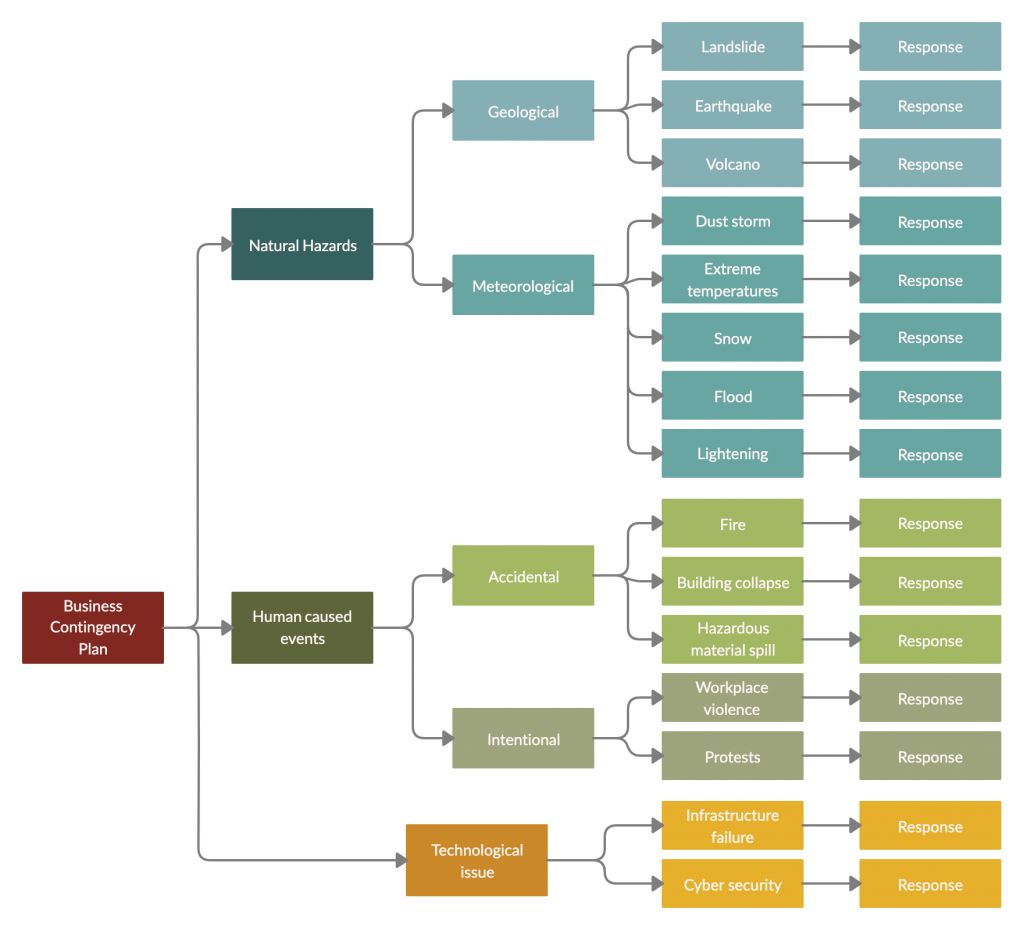
Financial contingency planning is a must for small businesses, especially those in the early stages. When starting a business, it’s easy to overlook the importance of a contingency plan and focus solely on success. However, unexpected situations can arise that disrupt normal operations and potentially lead to insolvency. To avoid this, a financial contingency plan is necessary.
As a writer specializing in editorial refinement and language efficiency, I’ve seen viable startups struggle due to a lack of cash flow. Without funding streams available in the early stages, many businesses have no choice but to fold. Implementing a simple financial contingency plan can provide these businesses with the lifeline they need.
In this article, we’ll explore the importance of financial contingency plans and guide you in creating your own plan for your early-stage business.
What is a financial contingency plan? It’s a documented course of action for times of crisis that threaten the stability of your company. It focuses on resource and financial allocations.
Financial contingency plans are crucial because many viable businesses suffer from financial management issues. Lack of cash flow and ineffective collections procedures can lead to falling profit margins and chronic late payments. In the early stages, businesses often don’t have the resources to absorb unexpected events. A comprehensive plan to limit financial loss can help startups remain operational.
While a financial contingency plan can’t protect against every financial situation, it can provide practical strategies to handle potential risks. Identifying and minimizing risks, as well as planning for potential financial impact, is essential.
To create a financial contingency plan, follow these steps:
1. Identify the priority resources your business needs to operate. Determine which resources are crucial and which can be sacrificed in a crisis.
2. Consider potential risks, such as losing key customers or team members. Create strategies to minimize these risks and mitigate their financial impact.
3. Assign responsibilities for executing the plan and determine who will have access to the necessary documents.
4. Regularly review and update your plan to adapt to changing risks and market conditions.
5. Identify alternative sources of credit to ensure the business can continue operating if credit lines are reduced.
6. Prioritize capital requirements and regularly monitor your financials to avoid crises.
Creating a financial contingency plan may not be the top priority for startups, but it’s crucial for their survival. With proper preparation and plans in place, businesses can weather financial storms and find reassurance.
Remember, a financial contingency plan can provide peace of mind in times of uncertainty. Proper preparation is key to business survival.
Hello!
I’m Andrew Brooks, a seasoned finance consultant from the USA and the mind behind phonenumber247.com.
My career is built on a foundation of helping individuals and businesses thrive financially in an ever-changing economic landscape. At phonenumber247.com, my aim is to demystify the complex world of finance, providing clear, actionable advice that can help you navigate your financial journey with confidence. Whether it’s personal finance management, investment strategies, or understanding the nuances of market dynamics, I’m here to share insights and tools that can propel you towards your financial goals.
Welcome to my digital space, where every piece of advice is a step closer to financial clarity and success!
